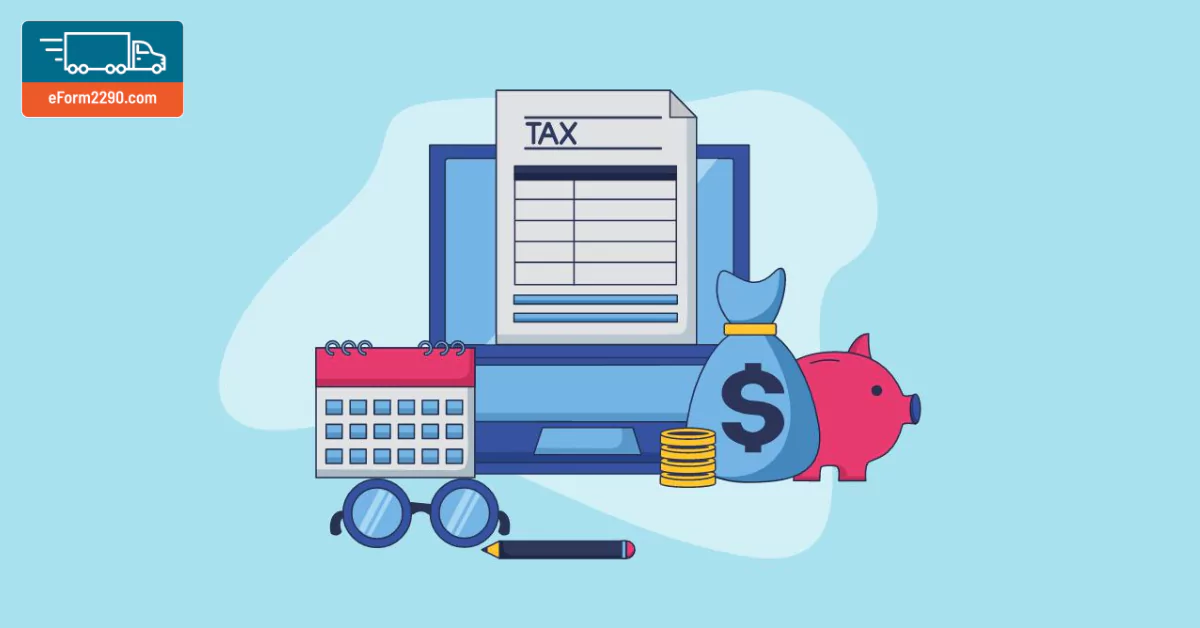If you are a truck driver, chances are you've been filing Form 2290 every year for exceeding the 5,000-mile limit (7,500 for agricultural vehicles). But what would you do if you have not exceeded the mileage limit? Are you required to file your form and pay the HVUT tax?
In this article, you will find everything you need to know about suspended vehicles and its filing formalities.
What is A Suspended Vehicle?
If your vehicle has not exceeded the 5,000 mile limit during the tax period, they are exempted from paying the HVUT. In such cases, your vehicle will belong to the suspended vehicle category (category W).
Although you are not required to pay tax for a suspended vehicle, you still need to e-file form 2290 to inform the IRS that your vehicle belongs to the suspended vehicle category.
If you cross the 5000-mile limit, your vehicle will no longer be tax-exempt, in which case you need to pay your HVUT tax starting from the last day of the month in which you exceeded the mileage limit.
How to determine if your vehicle belongs to the suspended vehicle category
Your vehicle will fall under the suspended vehicle category under the below conditions:
- If your vehicle has travelled less than 5,000 miles within the tax period
- If your agricultural vehicle has travelled less than 7,500 miles within the tax period
- If you own or operate an off-highway vehicle used for non-transportation functions
- If you own or operate a non-transportation trailer or semi-trailer
- If you own or operate a blood collector vehicle
Are Suspended Vehicles Required to Pay HVUT?
Although your vehicle does not exceed the 5,000 miles limit and no tax amount is incurred, you must still file Form 2290. Once your suspended vehicle exceeds the mileage use limits, your vehicle changes from suspended to taxable vehicle status.


How Do You File Form 2290 for A Suspended Vehicle?
Although you don’t need to pay tax for a suspended vehicle, you need to file form 2290. Filing the form for your suspended vehicle involves the same formalities as filing form for a taxable vehicle. You need the below information ready before you begin your filing process:
- Your general information such as name and address
- Employer Identification Number (EIN)
- Taxable gross weight of your vehicle
- Vehicle Identification Number (VIN)
- ‘First Use’ month
Selling A Suspended Vehicle
If you are planning to sell your suspended vehicle, you need to offer a statement that consists of the following details:
- Information of the buyer, including name, address and EIN
- Information of the seller including name, address, and EIN
- Date of the sale of the vehicle
- Vehicle Identification Number (VIN)
- Odometer reading at the beginning of the period
- Odometer reading at the time of sale
If, after the sale, the use of the vehicle exceeds the mileage use limit for the period, the buyer must pay the tax. If the seller failed to provide a suspension statement, he must pay 2290 tax for the period.
Final Thoughts
Always keep systematic records of your vehicle’s usage and mileage details at disposal so that if the IRS decides to conduct an audit, you will be able to offer them proof of tax-exemption. This will help you avoid penalties and unnecessary fines that come with non-filing.
